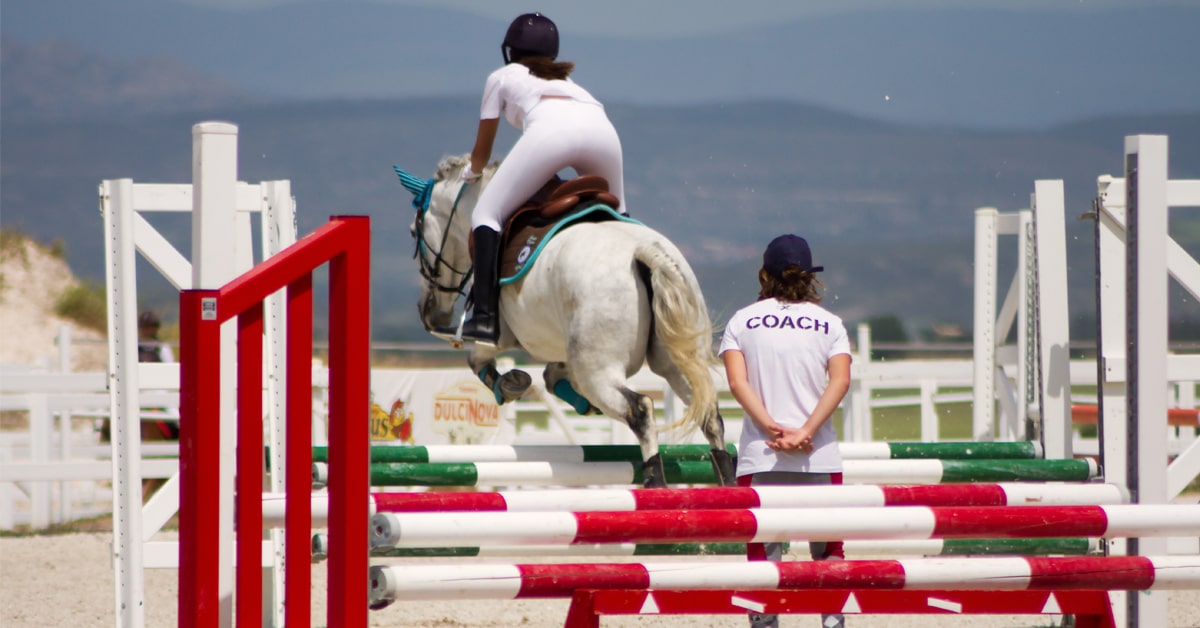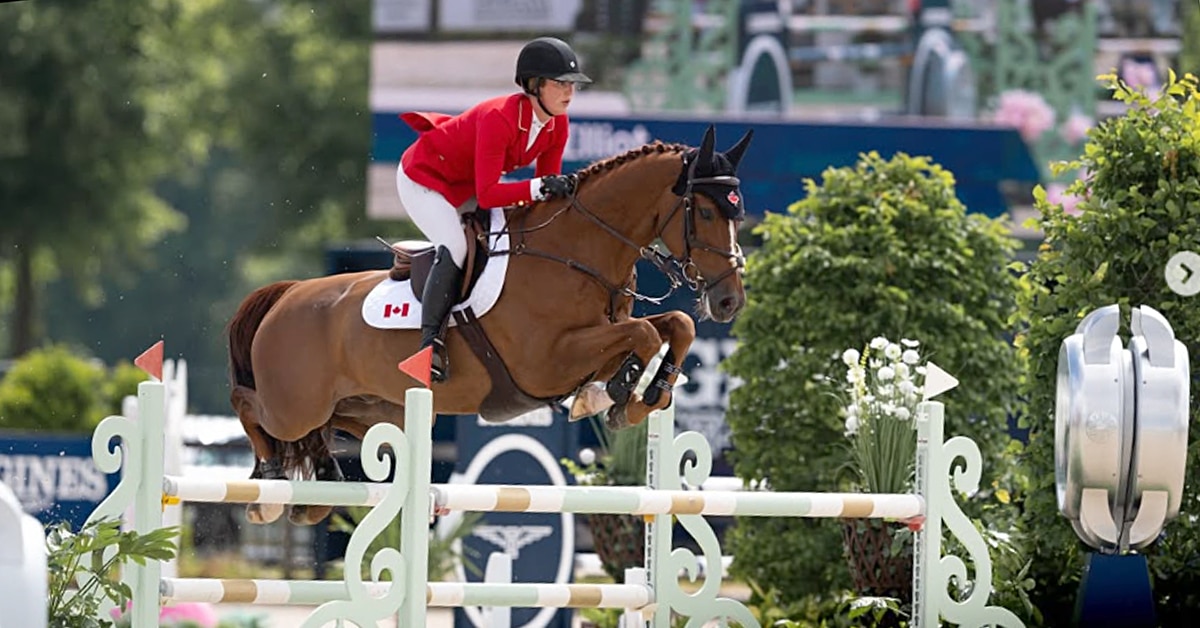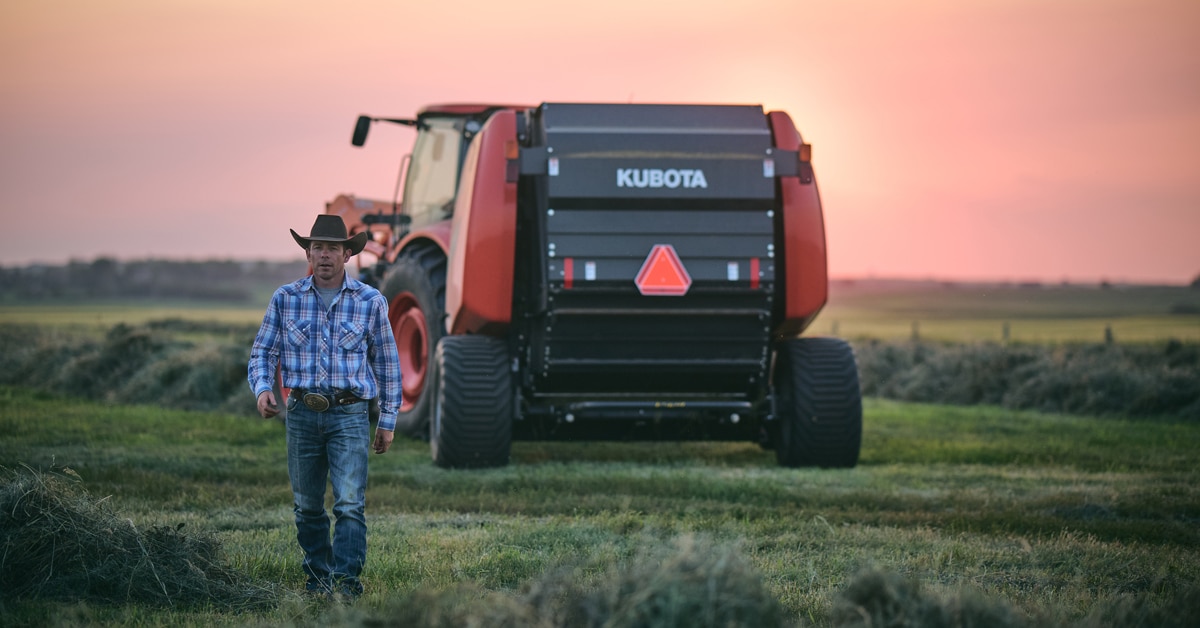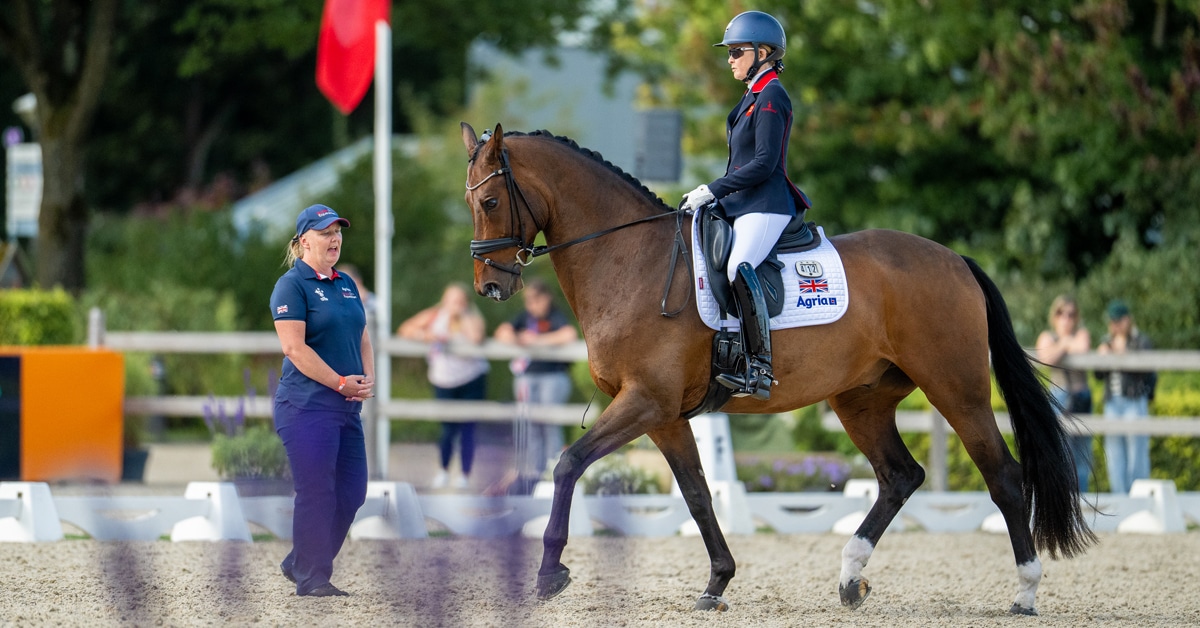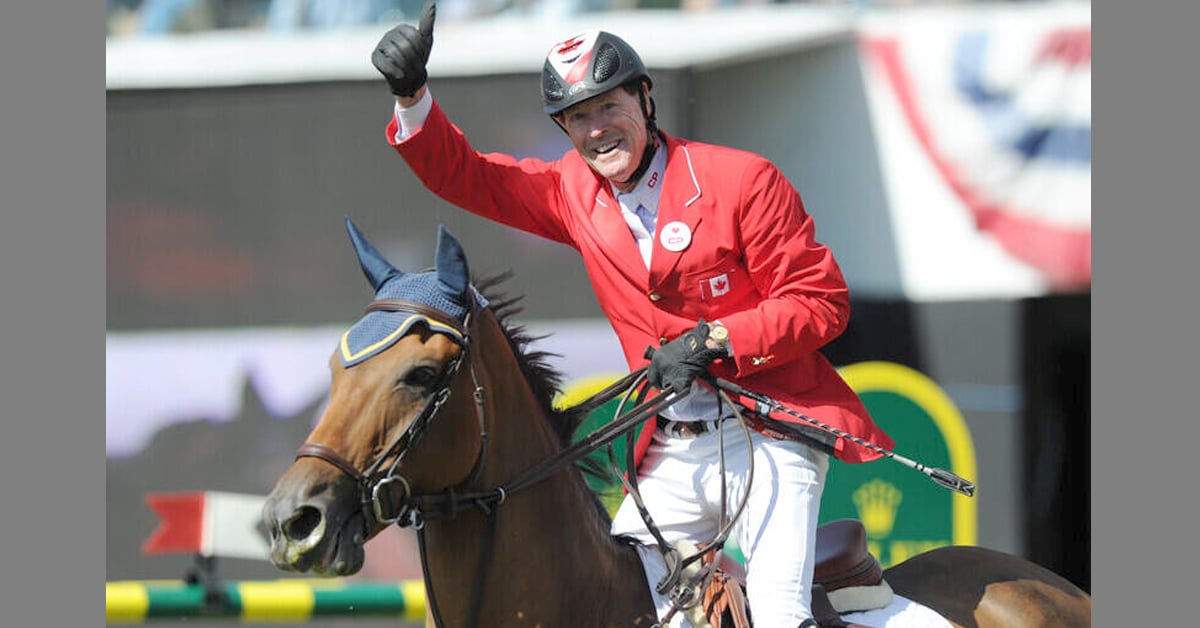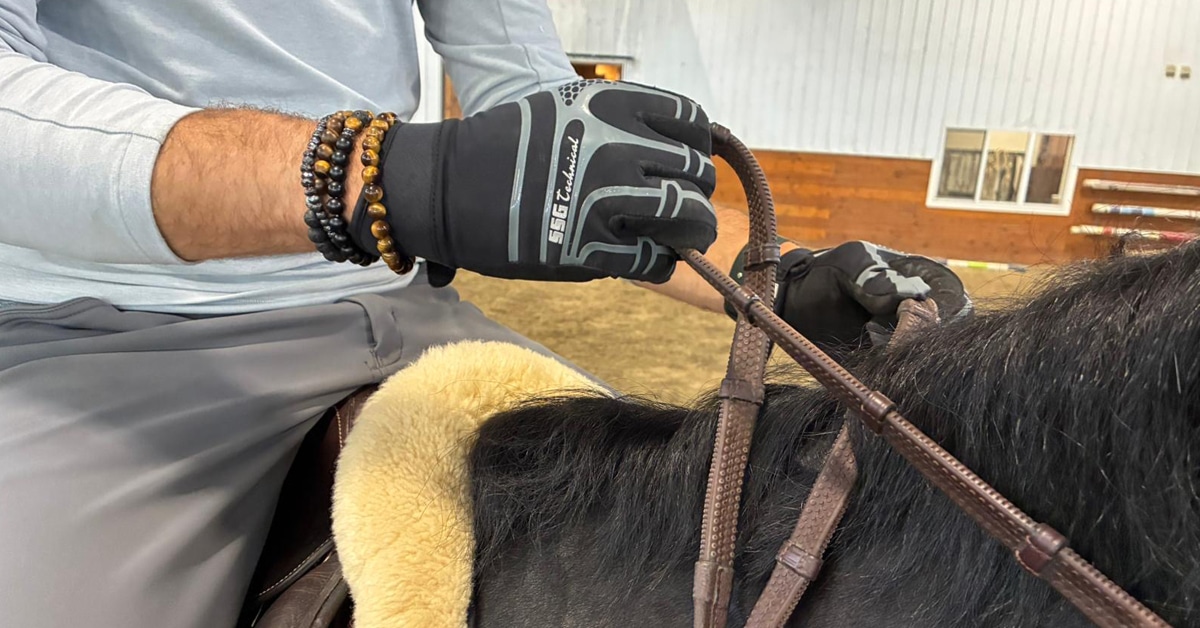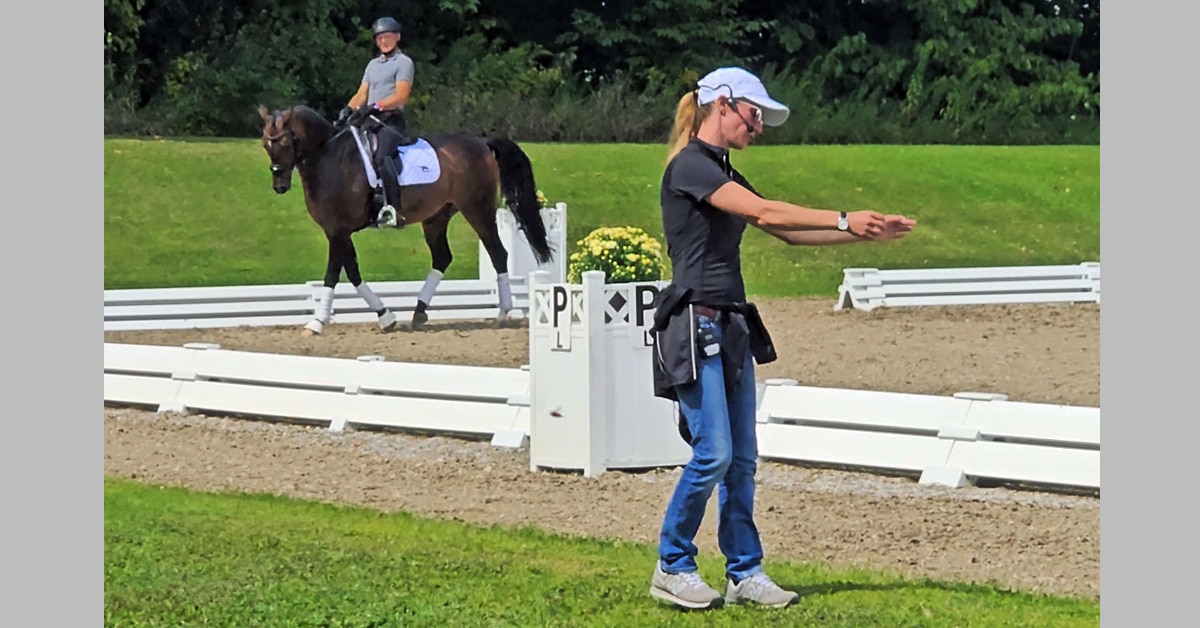In an under-saddle class, you find that there are simply too many competitors to judge fairly. What do you recommend doing in this case?
You can line them all up and split the class in half, excusing one half and bringing them back later to judge. Another option is to keep them all in the ring and work each half on the rail – lining up the ones you want and excusing the rest. You then work the remaining entries on the rail. A third option is to trot all of them in both directions, then line them up, split them in half, and canter each group both ways. There is an excellent rule in the US (generally for ponies) which dictates that no more than 20 competitors are allowed to be worked at one time. This ensures all competitors proper and safe consideration.
During a flat class, the jump crew are busy adjusting the jumps and measuring out distances with a tape measure. A horse spooks at this. What do you do?
First of all, there should be no course adjustments being completed during a flat class. If the ring crew attempts this, I will promptly tell them to wait until the completion of the class. I would not hold it against any horse who spooks as a result of this circumstance.
When judging a breeding class, have you had any close calls?
Yes, there have been many close calls. My best advice is to be ever watchful and mindful, especially for a youngster to suddenly act up. Always ensure that they line up with sufficient room between them so that you can easily move out of the way without colliding into the next one in line. They can strike or kick out very quickly, so always keep your distance both in front and behind – be ready to move!
How much release (if any) do you like to see in an equitation class?
It is so important the rider understands that letting go or releasing is the horse’s reward for jumping, and also so he can properly use his body. Not releasing results in a stiff, flat performance with rubbing, and it looks unnatural. I really don’t like to see a rotating release or the death grip, either. Nothing beats seeing a high, round jump where a horse uses all of his parts through an adequate release – it demonstrates good horsemanship.
Care and Feeding of the Judge
Is the location of the judge’s booth important to you?
Yes, the location is critical for me. I require a quiet location with minimal distractions. It must have a complete and panoramic view of the ring. A comfortable chair is important, with a table to lay the cards on and a garbage can available, because I like to keep my area clean. Shelter from the sun or rain is always welcome and of course, close proximity to a port-a-john is a bonus, because I can’t leave for long!
Do you require any special considerations during your judging day?
Believe it or not, it is my lunch order! It is important that I not have a meal that requires a fork, spoon or plate which can be very distracting, so a healthy wrap or sandwich is always a welcome meal. I often bring my own lunch to ensure that I am not forced to use a utensil, taking my focus away from the rounds in front of me.
The Latest
